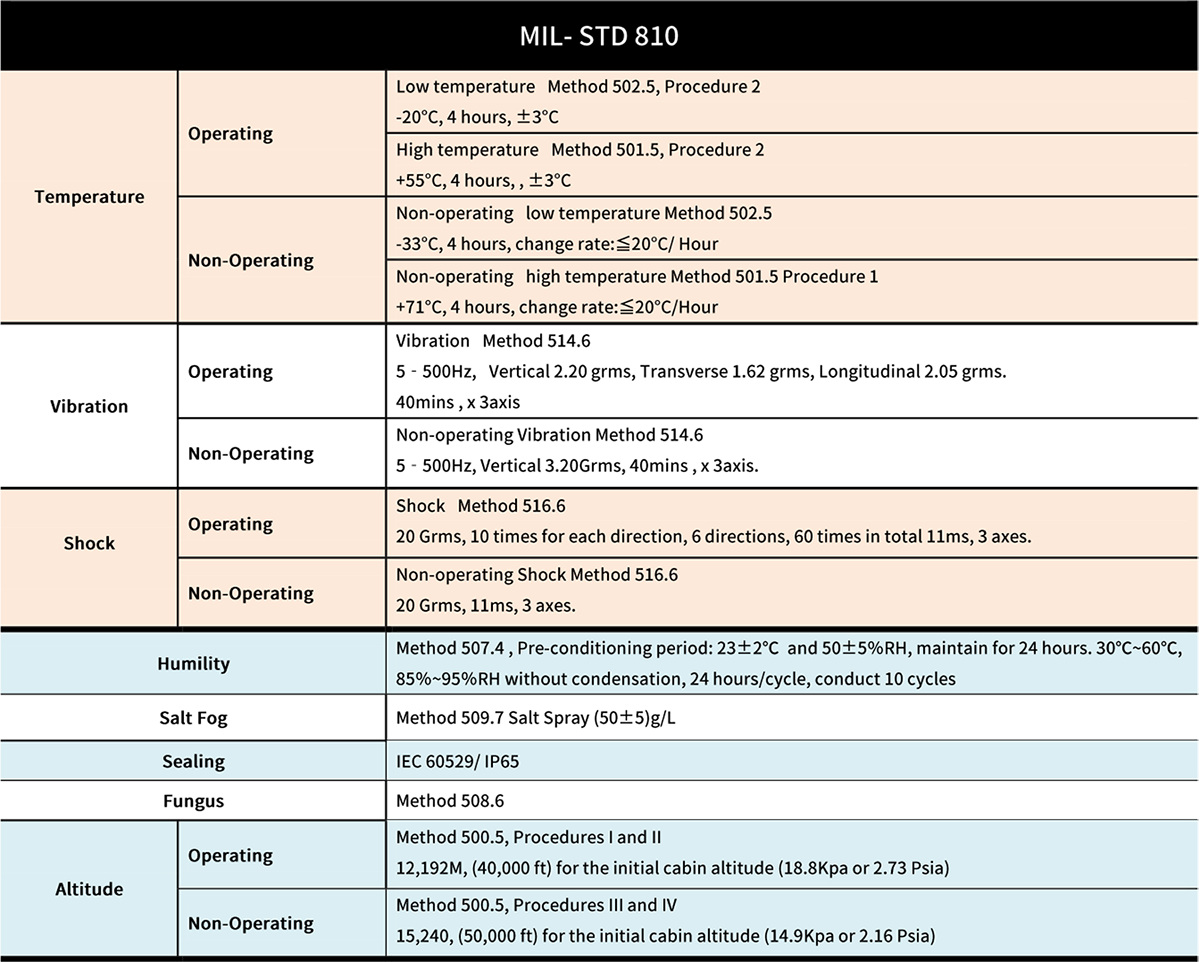The most demanding of all rugged development systems are military solutions as they are multidisciplinary tasks, demanding both experience and specialist skills.
Rugged military solutions are usually developed with certification in mind . High performance embedded computing (HPEC) is transforming the military embedded computing landscape with sophisticated, powerful answers to the most demanding requirements. 7StarLake HPEC solutions are among the broadest in the industry,
- PCIe/104 Architecture Open-Scalable-Modular
-

7StarLake's modular mission computer has mechanical feature for mounting in horizontal orientation, offering open architecture to maximize use of interoperability. For example, 7StarLake’s F1-30 series was designed as a stackable system. With the help of Stack connectors, F1-30 supports communication between diverse interfaces, such as COM, CAN, SATA, Gigabit Ethernet…etc. Whatever you need, just stack it up, hence it's highly configurable to specific requirements. Founded on such an open structure, it is an optimum choice for mission computing, demanding graphics generation applications, and GPU-accelerated data processing.
Owning maximum compatibility with the most popular PCIe/104 modules, F1-30 is an ideal choice for those, who are looking for flexibility and scalability. For instance, by using MXM GPU Module Carrier our customers are able to upgrade GPU easily; If customers need much more storage or numerous LAN port for data transmission, F1-30 also supports SSD and LAN Module expansion.
- Extended Temperature Design Principle
-
(1) Design with Extended Temp Grade Components
Every component is crucial to the overall performance and reliability of a product over extended periods. To ensure customer satisfaction, 7StarLake uses only industrial grade components that pass strict standards on vendor selection, extended temperature operation, ruggedness specification, reliability and durability. As part of our quality control measures, we maintain a database of Extended temp grade components such as CPUs, chipsets, clock generators, super IO and power supplies.
(2) Power Circuit and Layout Optimization
Control of heat generation and heat flow are of primary importance in protecting the PCB and its components. To accomplish this goal, the PCB, heat spreader, and case are be viewed as a single thermal system. The PCB's metal layers are designed to conduct heat in a controlled manner from one part of the PCB to another. Using materials that have a high glass transition temperature (Tg) ensures the PCB and its components will not get damaged under high-heat conditions.
(3) Conduction Cooling—High Efficiency Copper Heat-Pipe
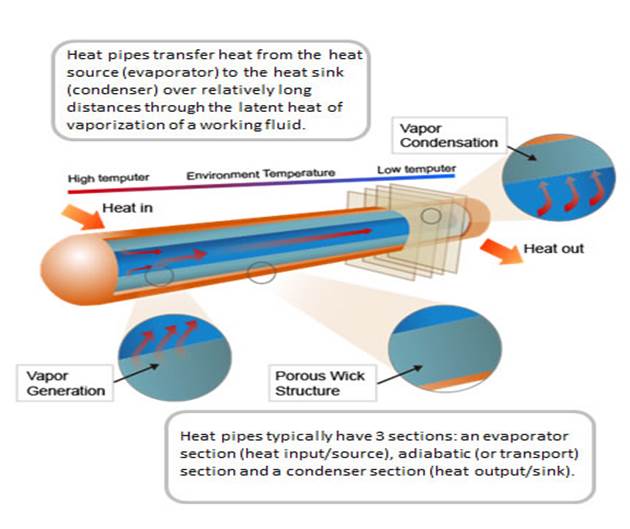
Heat pipes are the most common passive, capillary-driven of the two-phase systems. Two-phase heat transfer involves the liquid-vapor phase change of a working fluid. Heat pipes have an extremely effective high thermal conductivity. Our experts create system designs that use efficient thermal solutions - copper heat pipeand heat sink construct on both component and system levels. These designs typically feature larger heat sink surface areas to increase heat dissipation and reduce thermal resistance.
(4) Wideband Extended Temperature Testing

7StarLake complies with the IEC 60068 (Environmental Testing) standard, which ensures optimum product performance and reliability under the rigors of varying environmental conditions. This wideband extended temperature testing, from as low as -40°C to as high as +85°C, evaluates both component and system performance effectively, through dynamic temperature burn-in cycles. This high standard delivers reliability without degradation of performance or function loss. Mission-critical applications thus stay stable even under harsh environments through 7StarLake's efficient thermal solutions.
- MIL-STD 810 Certification
-
The military standard MIL-STD-810G addresses a range of environmental conditions that include:
exposure to high and low temperatures plus temperature shock (both operating and in storage), low pressure for altitude testing, rain (windblown and freezing rain), humidity, fungus, salt fog, sand and dust exposure, explosive atmosphere, leakage, and acceleration.
7StarLake's computers are designed to meet the strict standards of MIL-STD-810G. When it comes to true ruggedness, MIL-STD-810G standard is considered the upmost principle. Originally established by the US government to simulate how materials would hold up to harsh environments, It provides a series of testing procedures for resistance to shock, vibration, dust, humidity, and extreme temperatures.
1. Vibration
MIL-STD-810G Test Method 514.6 Vibration Procedure IV Non-Operating
MIL-STD-810G Test Method 514.6 Vibration Procedure III Operating
Vibration test is conducted to create an environment, in which long-term and high level vibration is simulated. The test is performed with both the system operating/non. Various levels and duration of vibration is simulated in three axis (X, Y, and Z), with up to 7g transitions.
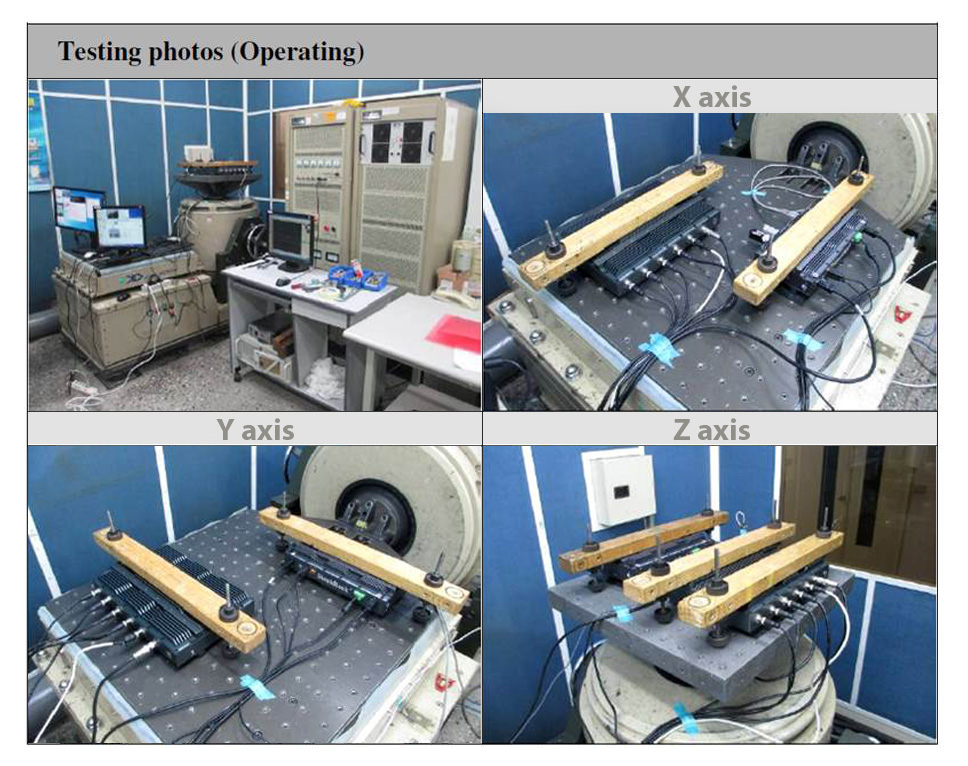
2. Mechanical Shock
MIL-STD-810G Test Method 516.6 Shock-Procedure IV Non-Operating
MIL-STD-810G Test Method 516.6 Shock-Procedure III Operating
Mechanical Shock test is conducted to ensure that equipment can withstand drops encountered during handling, transportation, and normal use. The test is performed with both the system operating/non. We expose the system to 3 pulses/direction of sawtooth shock at 100g 11ms. 6 directions for a total of 18 pulses.
3. Temperature Shock
MIL-STD-810G Test Method 503.5 Temperature Shock Procedure I-C / Storage (Multi-cycle shocks from constant extreme temperature, From 85℃ to -40℃, Three cycles)
Temperature Shock test, also named Thermal Shock test, is to ensure that systems can thrive even in extreme temperature range. We place the system at ambient temperature into chamber at -40℃ and stabilize it, then transfer in less than 1 minute to chamber at +85℃ and stabilize. Return the system to ambient temperature and perform operational check.
4. High Temperature
MIL-STD-810G Test Method 501.5 high Temp ( 96 hours @75℃ non-operating + 72 hours @ 75℃ operating )
This testing method is broken down into two procedures.

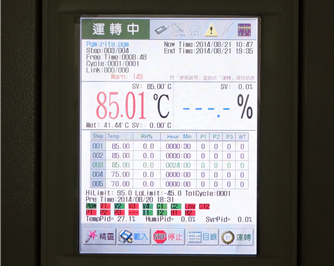
- Procedure I (storage) exposes the system to high temperatures while it is turned off, and its purpose is to test the durability of the materials that make up the system. The chamber temperature is 75℃ and the test duration is 96 hours.
- Procedure II (operation) is to test how the device puts up with heat while having it turned on and used.
- The chamber temperatures used in an operational cyclical test is 75℃, and the test duration is 72 hours. The temperature needs to cycle from one end to the other a minimum of three times while testing that the device functions at every point in the test.
5. Low Temperature
MIL-STD-810G Test Method 502.5 Low Temp ( 96 hours @ -40℃ non-operating +72 hours @ -40℃ operating )
There are two parts in this test to determine whether the system can persevere in extremely cold environment.

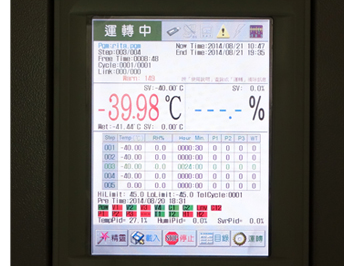

- MIL-STD 461/1275 Certification
-
MIL-STD -461
MIL-STD-461 is a military standard that establishes the control of electromagnetic interference (EMI) emissions and susceptibility characteristics of electronic, electrical & electromechanical equipment and subsystems for military equipment. EMI encompasses any undesired signals, “noise”, generated by electronic equipment. Keeping EMI under control is crucial for military applications, because if it’s out of control, the military will be detected by the enemy and it might cause a great loss. To design a product that meets strict requirements, engineers should possess extensive knowledge of both electrical and mechanical design to avoid unintentional generation, propagation and reception of electromagnetic energy, which may cause unwanted effects, for example, physical damage in operational equipment.
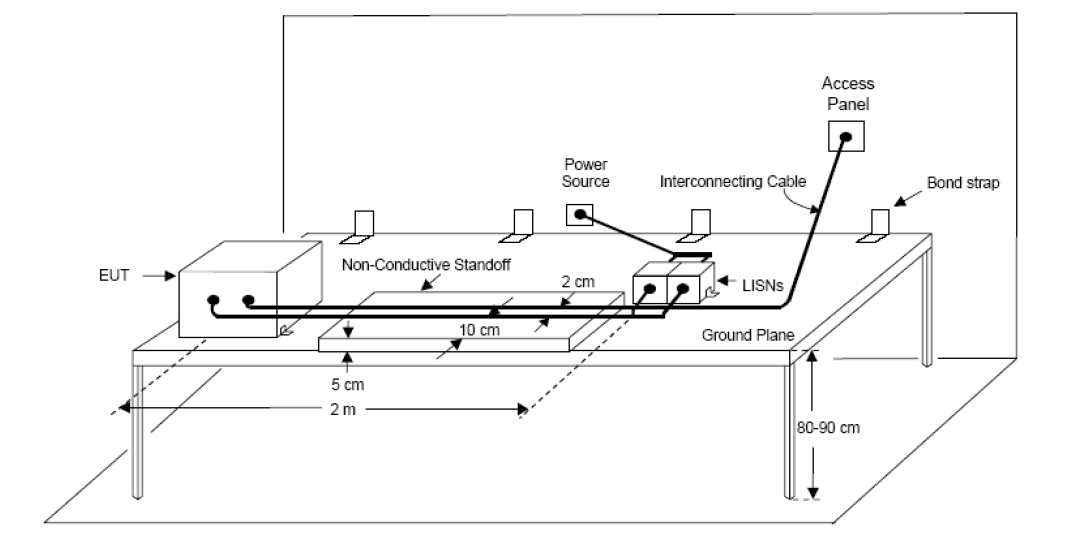
MIL-STD -1275
One of the hardest challenges met during development is managing to design a rugged, protected, power-efficient design within limited available space. As a leading military computers’ producer, 7StarLake designed products compliant with not only MIL-STD-810 and MIL-STD-461, but also MIL-STD 1275. MIL-STD 1275 is an military standard that defines a series of test conditions to be applied in various military vehicles, including electromagnetic compatibility (EMC), cranking/starting mode, and operating mode from battery and generator-only operation with their associated spikes, surges and operating limits. By adopting MIL-STD 1275 compliant products, users don’t need to worry about potential risk caused by power system.
- 7StarLake MIL-STD 461/1275/704 Test

- MIL- STD 810 Level
